How was Painting Invented
The History of Painting. Painting emerged in prehistory, when nomadic people made use of paintings on rocky walls. They made drawings with charcoal leaving marks in the caves where they passed.
Recent discovery made in Spain found that the oldest paintings discovered to date, made by humans, were made more than 42,000 years ago.
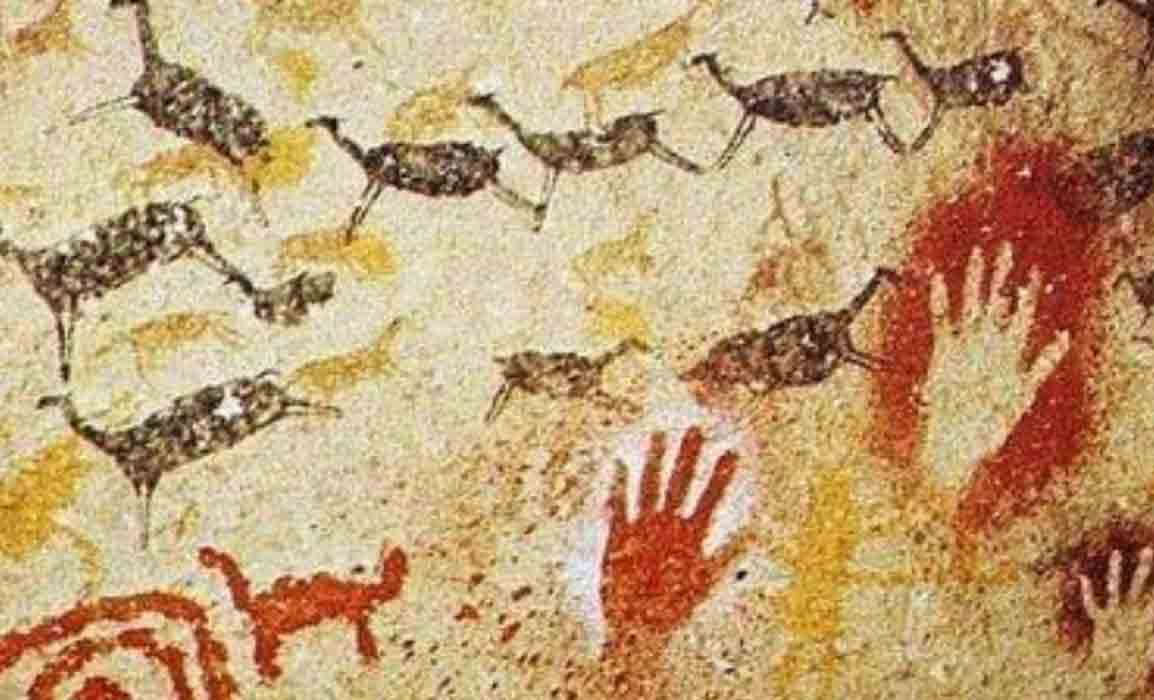
Who made the first painting?
The first painting was made by primitive men, believed to have been made by Homo Neanderthalis in the prehistoric era. Archaeological excavations carried out in Europe, Africa and Asia reveal that primitive men were the first painters and sculptors and demonstrated through these arts their daily lives.
Archaeologists and anthropologists have been studying and dating these discoveries. The pieces extracted from the excavations are historical documents, true testimonies of the beginning of man’s life in remote times and of extinct cultures.
A recent discovery in the Cave of Nerja, in Malaga, Spain, discovered paintings over 42,000 years old, and they can change our ideas about the evolution of humanity.
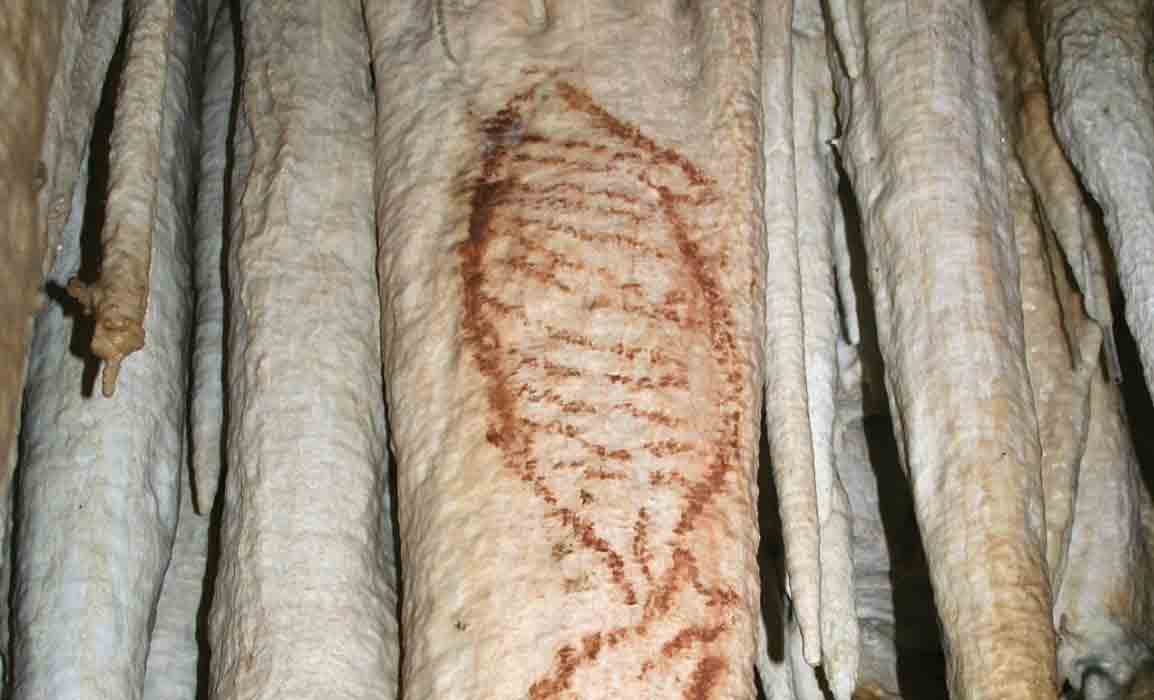
The paintings were found in the caves of Nerja, 60 km east of Malaga, in the southern region of Andalusia.
Until now, archaeologists thought that the oldest art was created during the Aurignacian period by modern humans.
But these are much older, much more primitive than those in the Chauvet-Pont-d’Arc Cave, (which were the oldest paintings that had been discovered so far and are 32,000 years old)
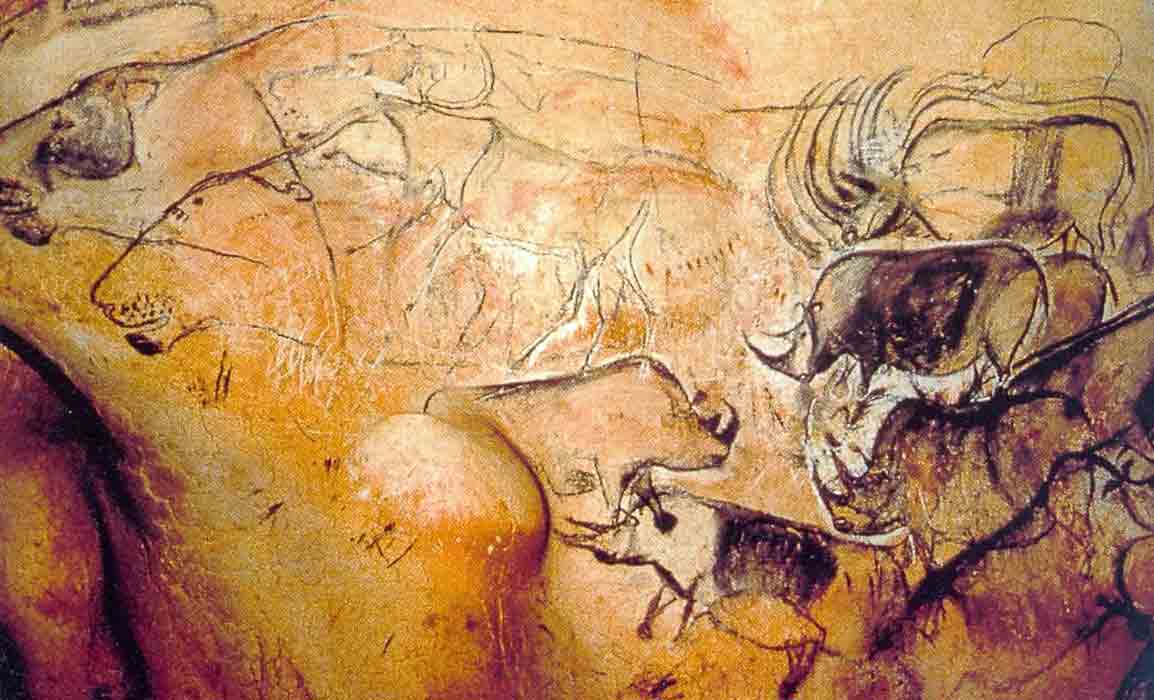
We think that art history was exclusive to evolved humans, that our sensitivity was “an intimate part of ourselves, the sapiens, because we think we are the thinkers”. This finding, if confirmed by further testing, proves that this sapiens-centered idea is wrong.
According to available scientific data, these images could only have been taken by Homo Neanderthalis instead of Homo Sapiens, something completely unthinkable until this discovery.
“The coals were next to the seals, which is not paralleled in Paleolithic art,” and we know that Neanderthals ate seals. “And there is no evidence of homo sapiens in this part of the Iberian Peninsula, say the scientists.
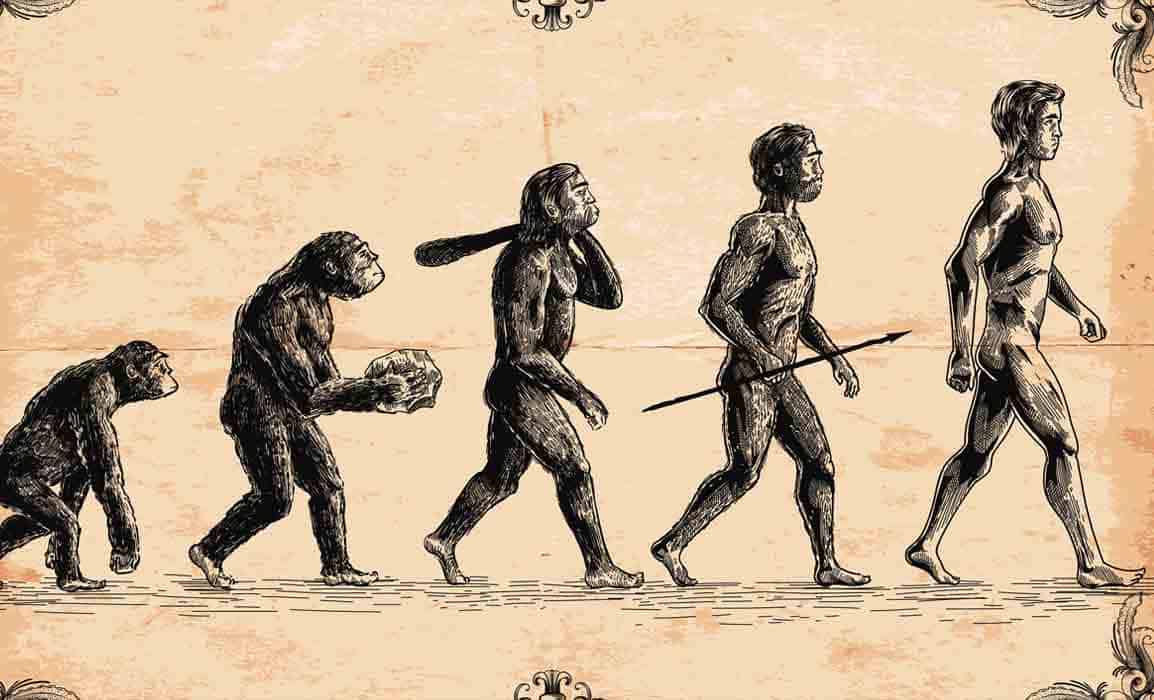
The researchers think that this cave was one of the last points in Europe where Neanderthals – who lived 120,000 to 35,000 years ago – sought refuge.
Where was the First Painting made?
It is believed that the first painting, which is also known as Rock Painting or Rock Art, was made in shelter, caves, which were used by nomadic people to protect themselves.
The first paintings were done on the walls and ceilings of the caves.
These first paintings discovered by archaeologists, are vibrant paintings using more than three colors. These are paintings that have tried to imitate nature with maximum realism, based on observations made during the hunt. In a cave in Altamira in Spain, there is a rock painting of the Bison (ancestor of the Cow) and is impressive for its size, volume and for using the chiaroscuro technique.
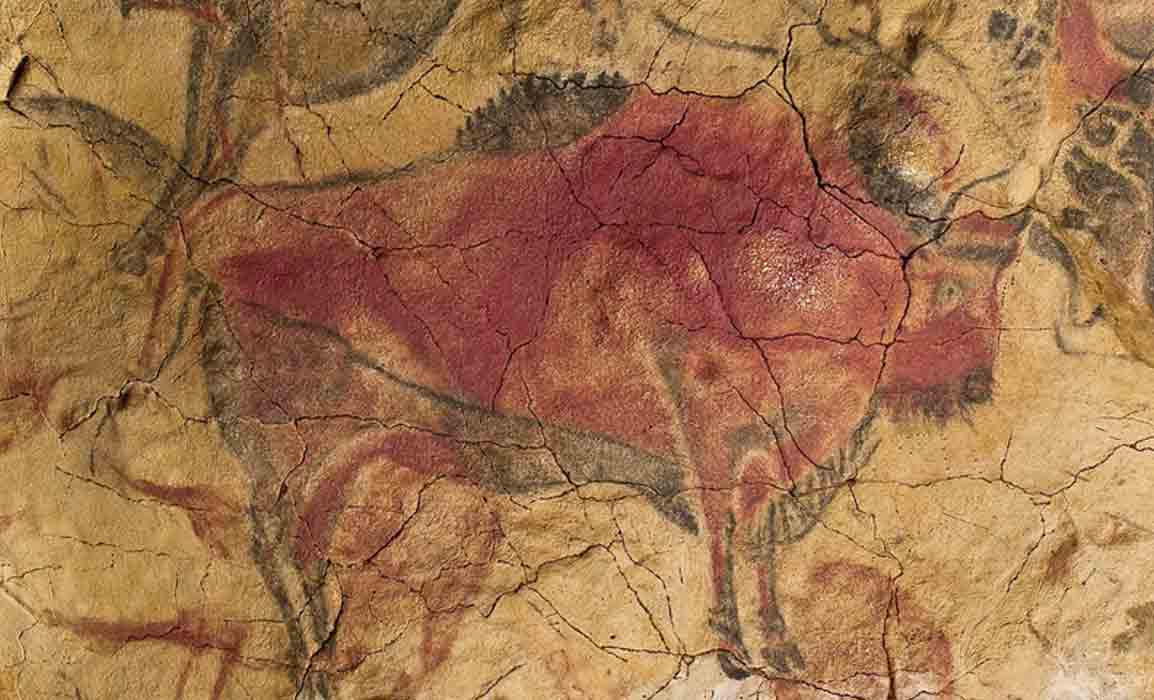
In other places, the paintings made by humans, highlight the success of hunters, in others show animals marked by arrows.
Whatever the justification, the desire to make art, or the desire to register the daily life of that time, Rock Art preserved for millennia has allowed us today to transform these places into the first museums of humanity.
A large part of these discovered paintings bring figures of animals, plants, objects with varying degrees of realism, there are also graphic and abstract representations, complex scenes, many archaeologists and scientists discuss the meaning of these paintings. But in general they think that they may be linked to rituals to attract good hunting, fertility, ward off danger, or simply give symbolic language to ideas, feelings or everyday life.
The History of Painting
What is the Origin of Painting?
The origin of painting as we know it today, historians believe, that it was born in the Neolithic period, (X of the millennium BC) when the rock painting begins to decline due to the development of agriculture and society, appearing in Ancient Greece and perfected later by the Romans.
Around 3000 BC, small villages began to appear in mainland Greece and there began a tradition of painting on ceramic artifacts, such as vases and pots.
From the second millennium B.C. in the city of Crete, it developed a monarchical society with sophisticated urbanization, even with palaces, and there the first signs of mural paintings appear, but few remains have survived in time.
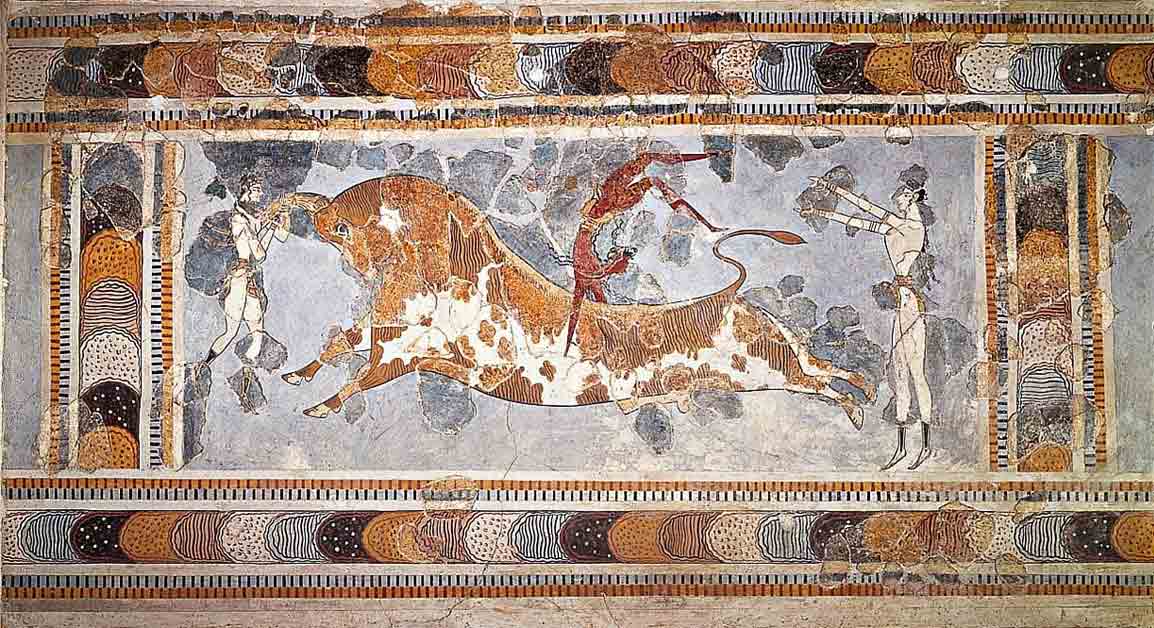
This fresco, part of the Palace of Knossos, in Crete, Greece, was painted around 1400 BC.
Cities were emerging and Cretan models of mural painting became a standard for this whole area. Palaces and large buildings were built and the walls were painted in a figurative style mixed with geometric designs with people in various activities, such as scenes of worship, games, palace ceremonies, as well as animals and landscapes.
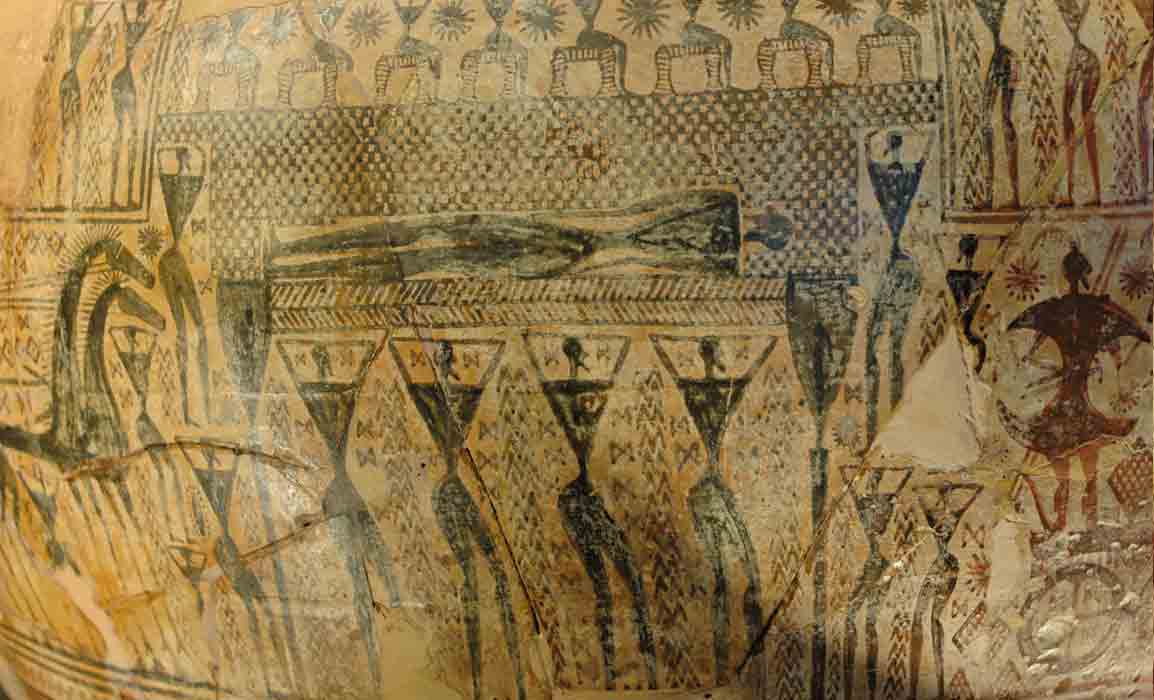
Around the 11th century BC in ancient Greece, painting developed and brought several innovations.
The development of visual perspective and volumetric shading to give three-dimensional depth to the representation of complex scenes. The paintings became more realistic, in addition to having developed a more natural and idealistic human body model that until today has become a great tradition for the basis of painting that we know today.
Materials used at that time were egg-based tempering, wax-based enameling, another Greek innovation, and parietal fresco, using mineral and vegetable pigments in an aqueous medium.
The preferred colors were white, black, ocher yellow and red; green and violet were the less permanent and less used tones, and blue was very expensive, produced by grinding a semi-precious stone, lapis lazuli.
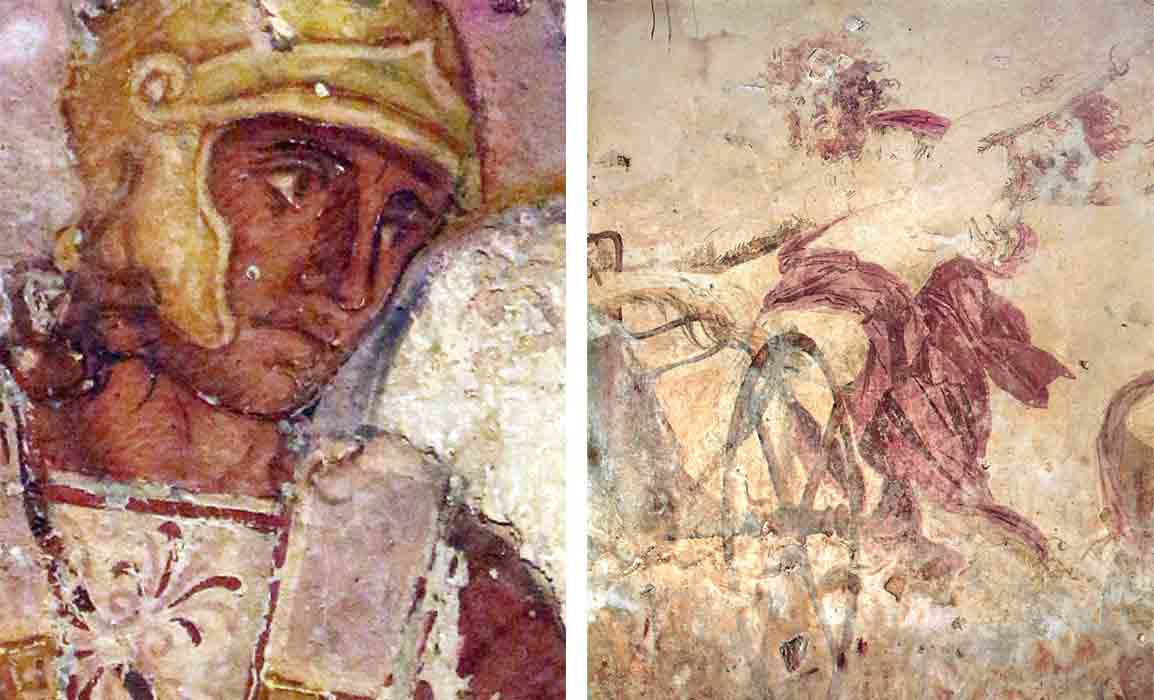
All of these techniques and motifs became the basis and grounded Roman and then Western painting, and are still widely used in the practice of contemporary painting today.
The art of painting went viral when cities and societies were formed and several schools were formed, rivaling each other.
Many painters became famous, such as Agatharchus, Polygnotus, Apelles and Zeuxis, their works were worth fortunes and were avidly collected by the Greeks and Romans. Despite its importance, it is only known basically for its legacy to the Romans, who later transmitted it to recent times.
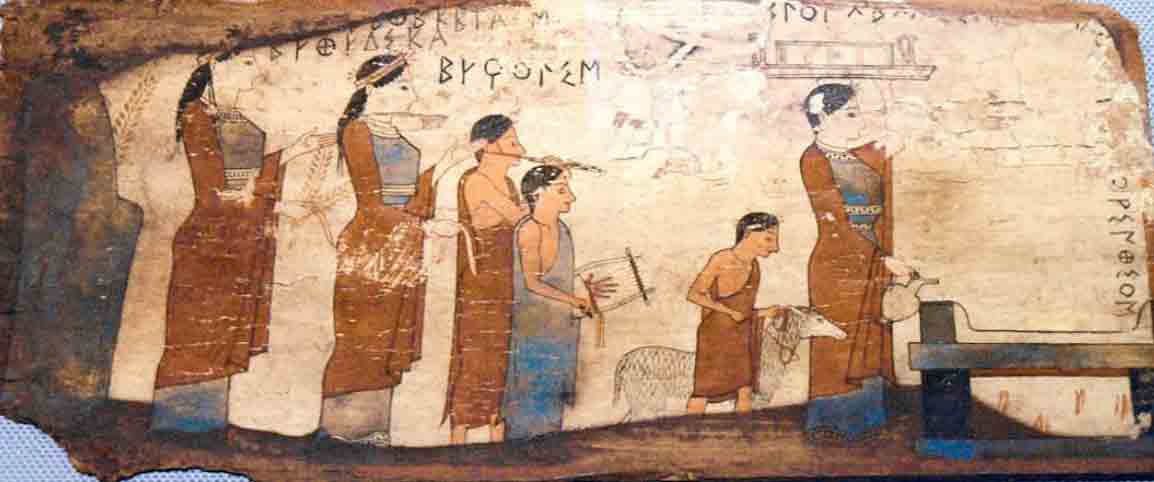
It is the Romans who owe most of their current knowledge of what Greek painting was, due to the extensive loss of material pieces due to natural disasters that destroyed Greek cities and everything in them, they were the only ones who learned with the Greeks as they were painted.
Although the Greeks remained the fundamental reference throughout the history of Roman painting, the Romans were able to introduce their own readings into the received tradition, creating an individualized language and creating new compositions.
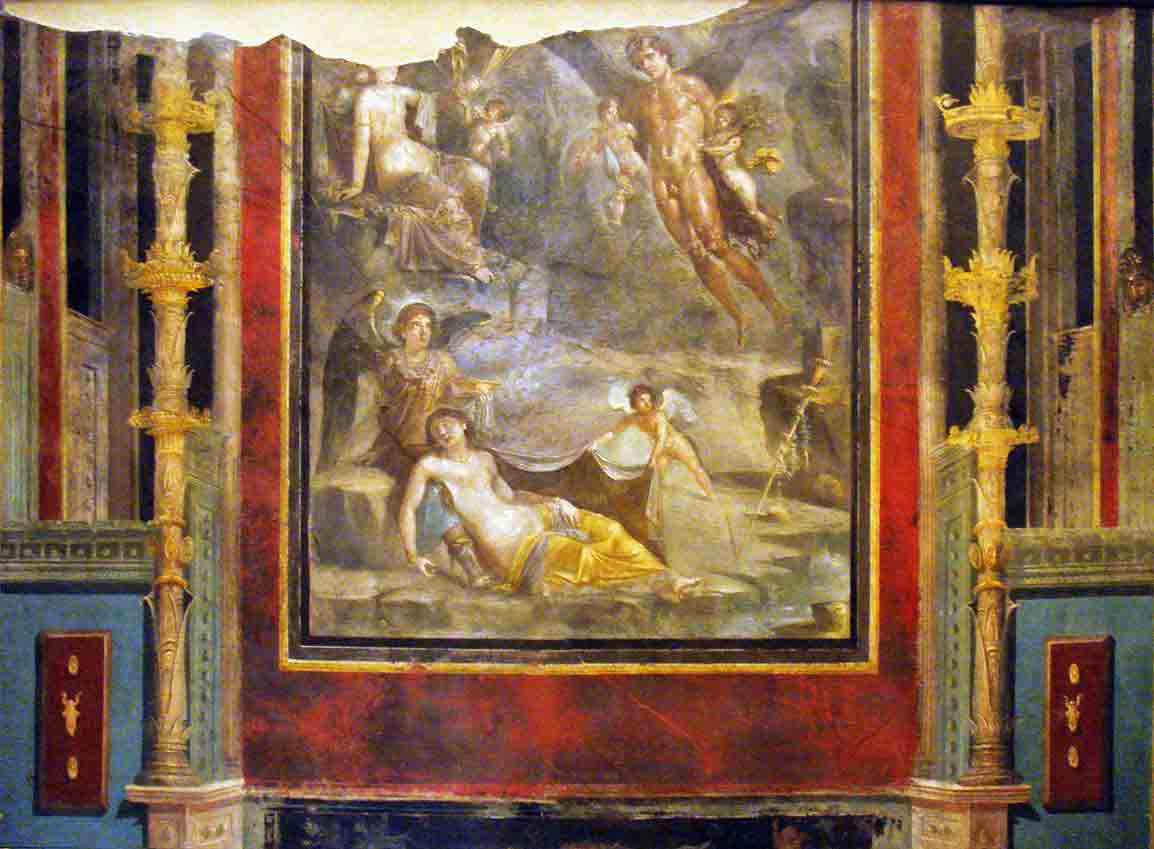
The Romans carried out Greek research on three-dimensionality, and built urban scenes of great architectural and spatial complexity, with an impacting plastic effect and illusion, which were painted in several large spaces such as aristocratic palaces and villages.They gave great value to the landscape and the still life.
They gave great value to the landscape and the still life.
Its final stages show the influence of oriental and Egyptian art, and developed an exuberant and elegant style, called “baroque“.
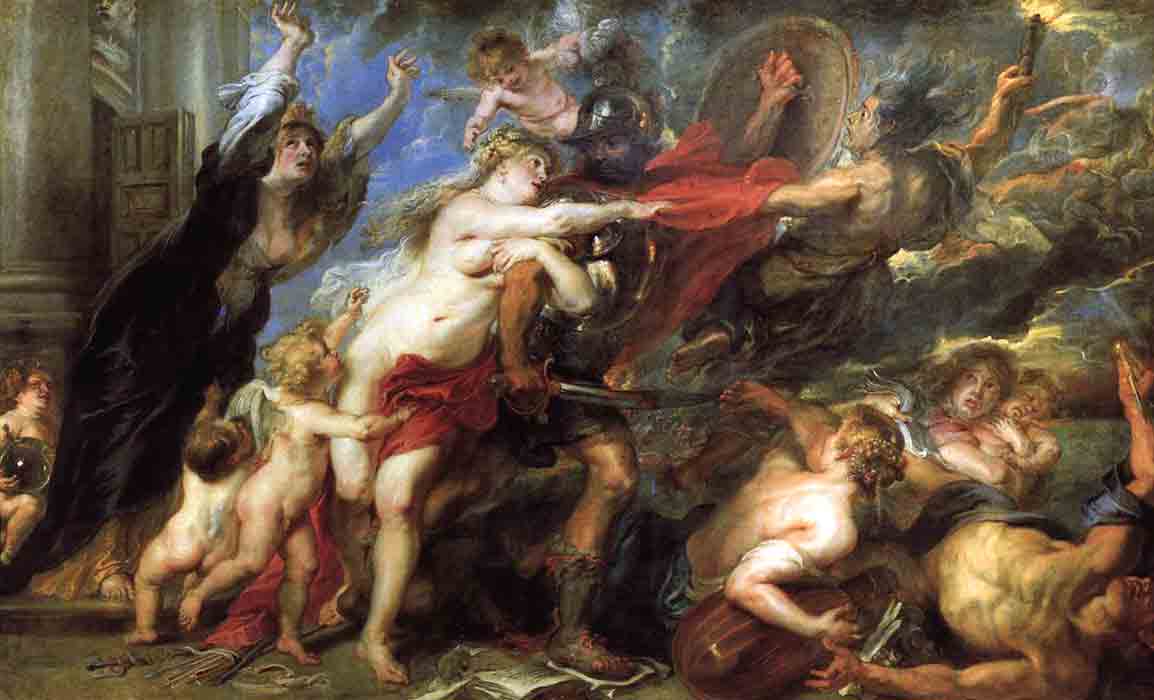
Inserted in architectural settings, the paintings showed a love of detail and scenes of great expressive strength. In addition to murals, the Romans were pioneers and used other types of materials to express painting, such as fabric, wood, ivory, metal, stone and canvas.

At the end of their trajectory, perhaps due to the growing Christian influence, they abandoned the Greek reference. Rather, what was so present as naked people and naturalistic representation gives way to a more hieratic and schematic style, which later serves as the basis for Paleo-Christian painting.
The History of Painting
Early Christian Painting
Early Christian Painting was the watershed between painting from Antiquity and Medieval, and it still gave many subsidies to the painters of the Renaissance, Neoclassicism and Romanticism.
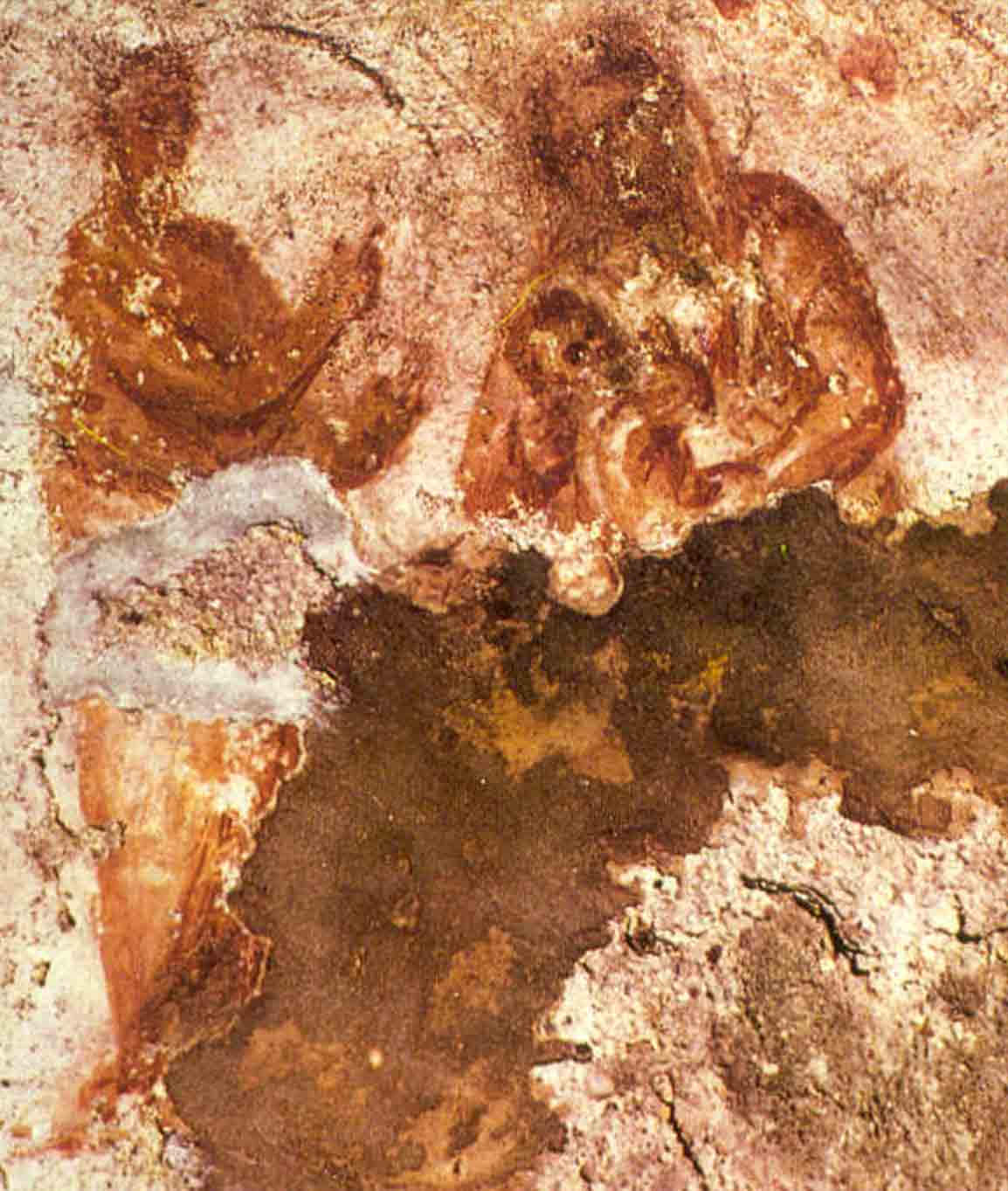
The History of Painting
What is the importance of painting?
The importance of painting is due to the fact that it is as old as the history of mankind. Historians, Philosophers, Anthropologists try to find answers about our own existence and painting is one of the ways they use to try to explain the development of extinct civilizations and cultures.
“We understand the history of humanity through art”
Since the cave paintings made by primitive peoples, man tries to express his beliefs, his activities, his daily life and the way he sees the world around him. That is why the history of art is usually organized in periods that follow the very development of civilizations.
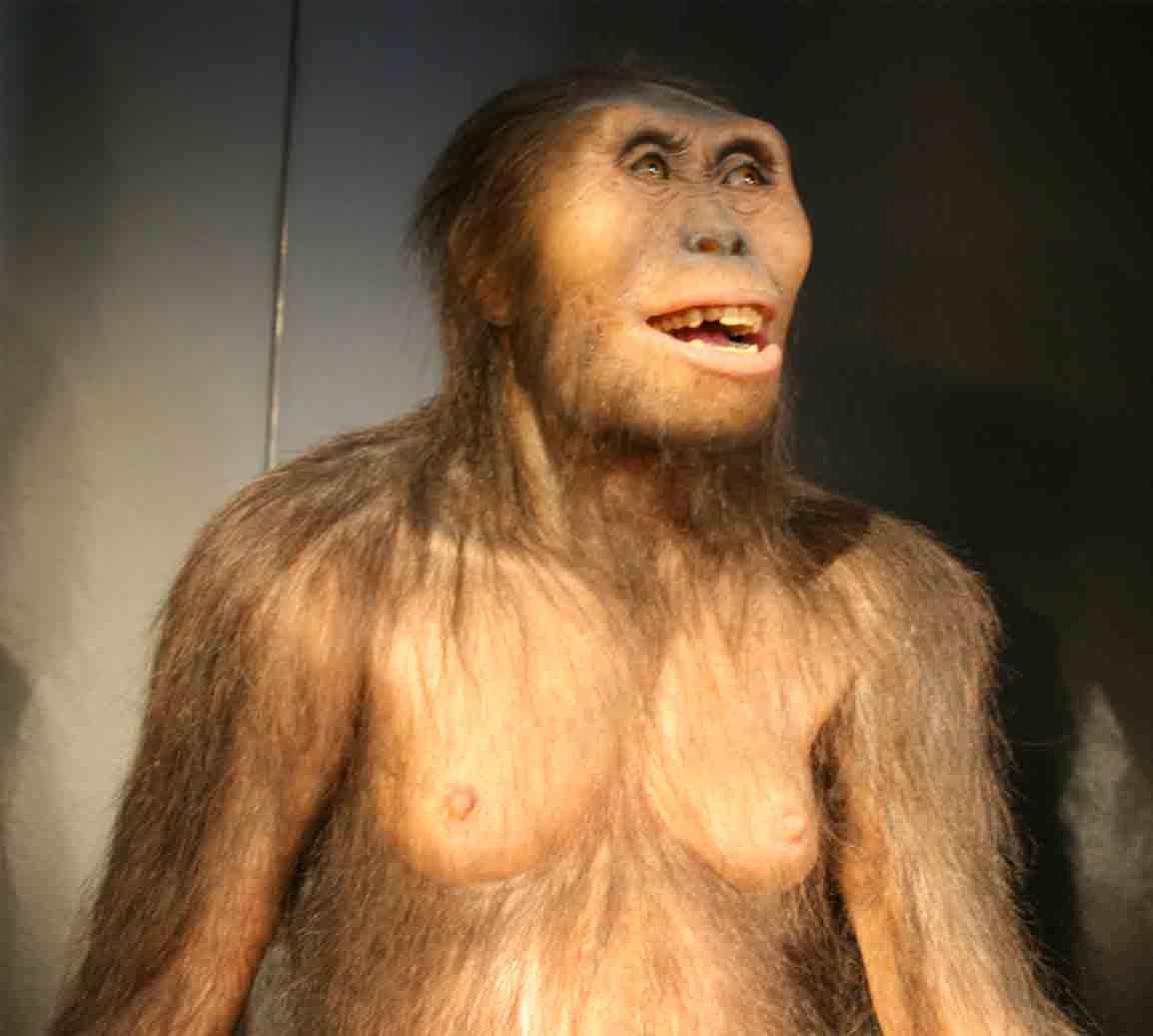
After the growth of Christianity among the Romans, they abandoned the classical Greek style of painting, and developed a painting with its own, more elaborate language, adding scenarios, landscapes, still life and that later will serve as the basis for what we know today as Painting Modern.
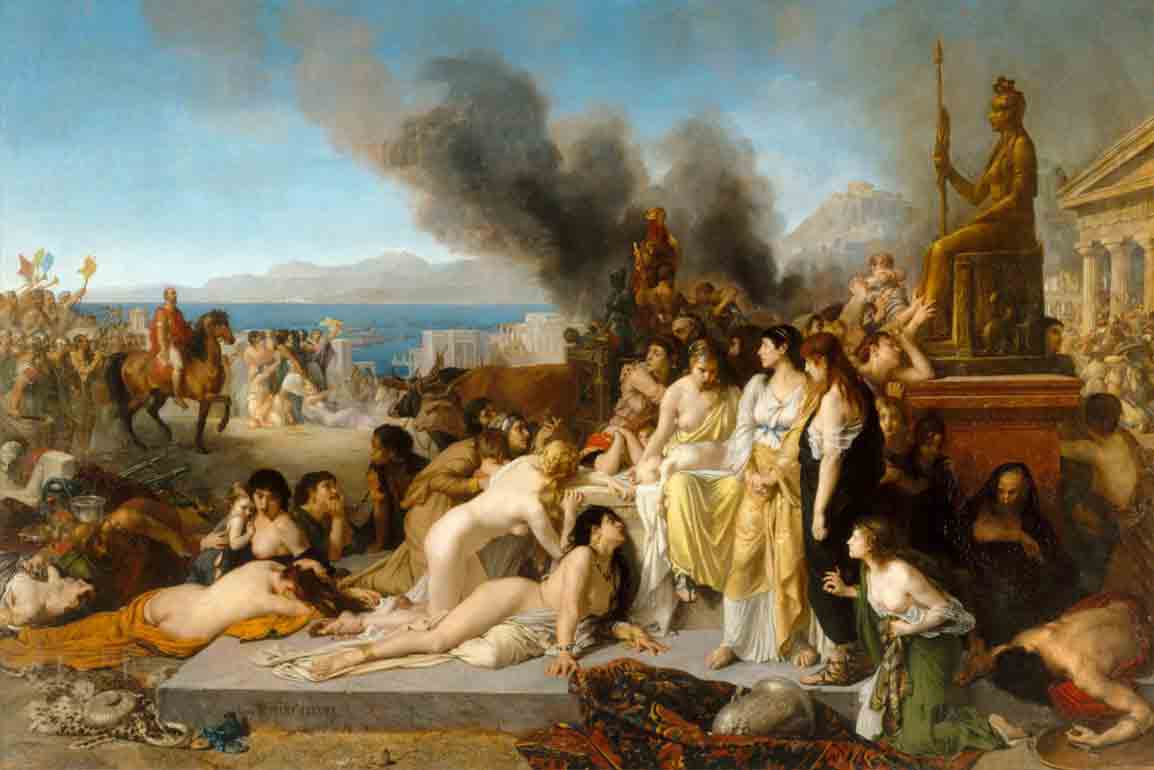
Painting is so important that it has become one of the main forms of representation, and communication from primitive peoples, through the Renaissance to the present day.
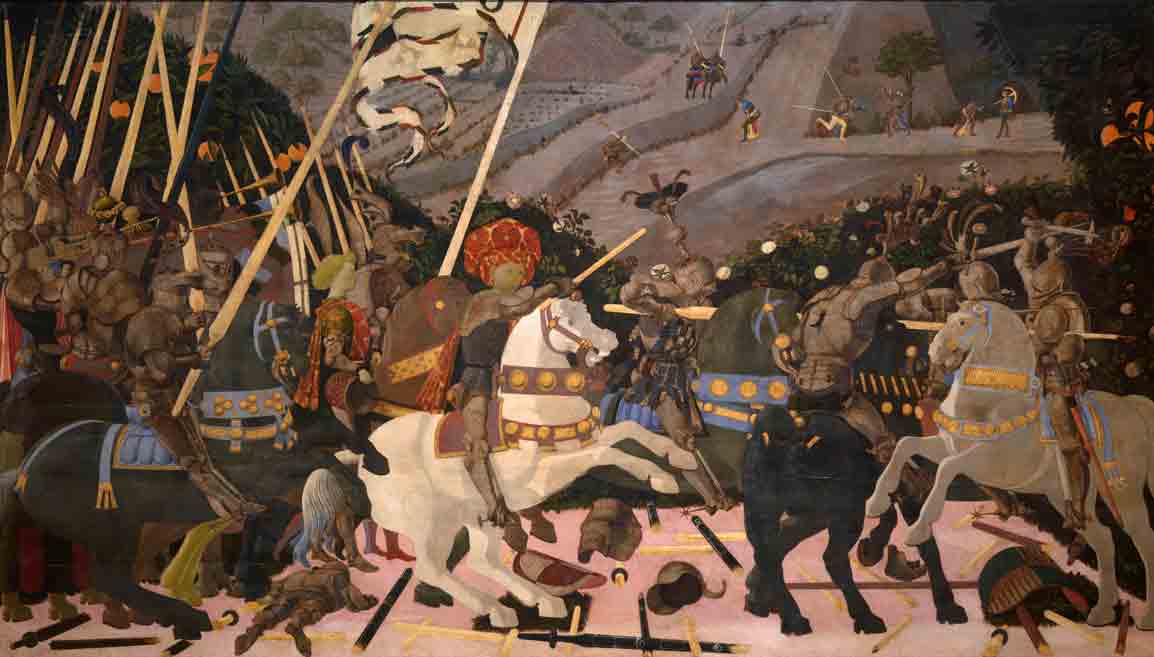
From the 19th century onwards, with the Industrial Revolution, easel painting lost its market due to the emergence of photography.
And through the Art Galleries she gains space again, so much so that she lives her peak, painters begin to be recognized in various parts of the world, thanks to the exhibitions.
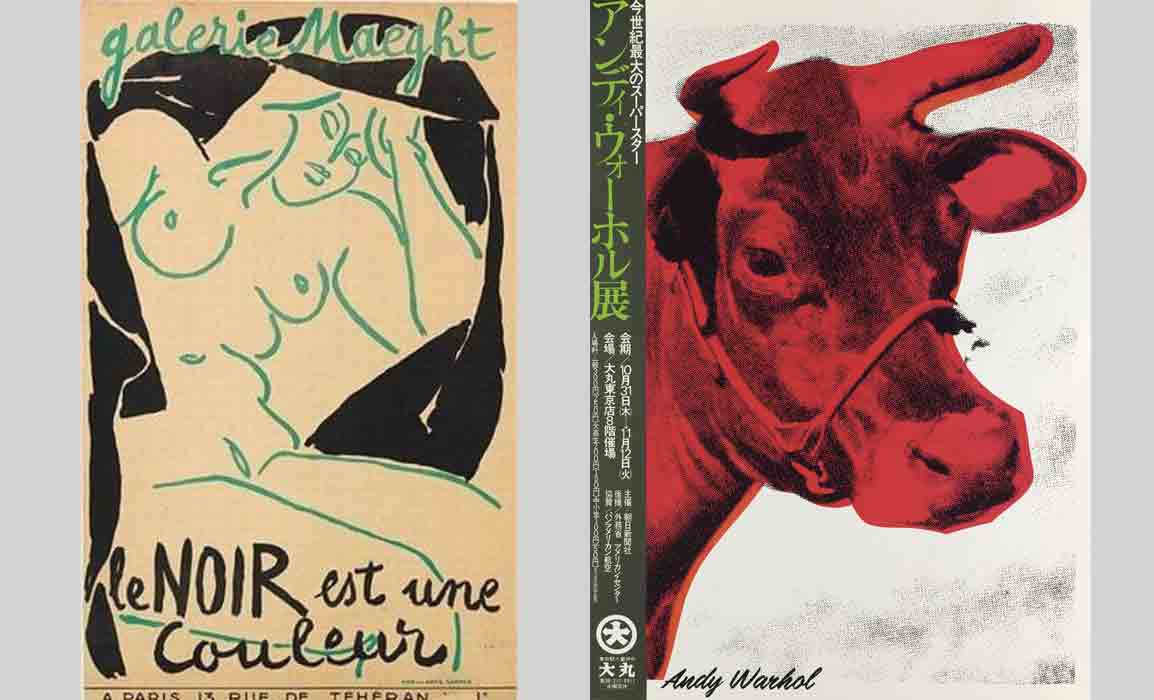
From the evolution of Modern Art and new technologies, painters adapted techniques creating new forms of representation and visual expression.
Several artists experiment with painting with other art forms, such as photography for example, creating collages and prints, thus new movements of Painting are born, such as Dada and Pop Art, creating new forms of representation and visual expression.
Nowadays painting is more important than ever and valued by various types of professionals who use it as a basis for their work, such as:
Designers, Stylists, Illustrators
Painting overcame territorial and technical barriers, reinvented itself over thousands of years, from Rock Painting to Pop Art, we can say that the importance of painting is that it has become a way for humanity to express itself and that it has influenced since our culture, even politics and economics.
The painting accompanies the human being throughout its history.
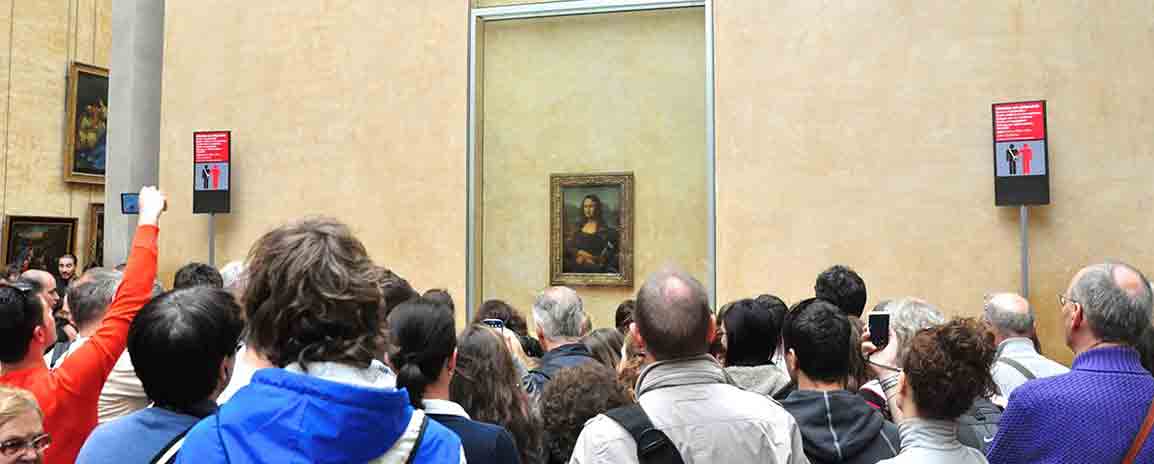

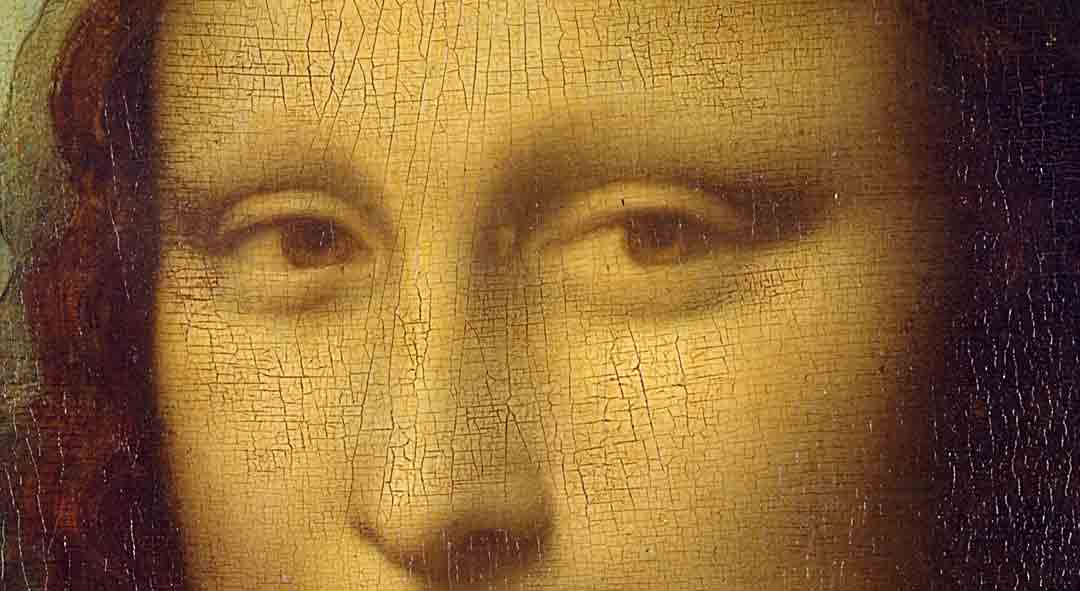
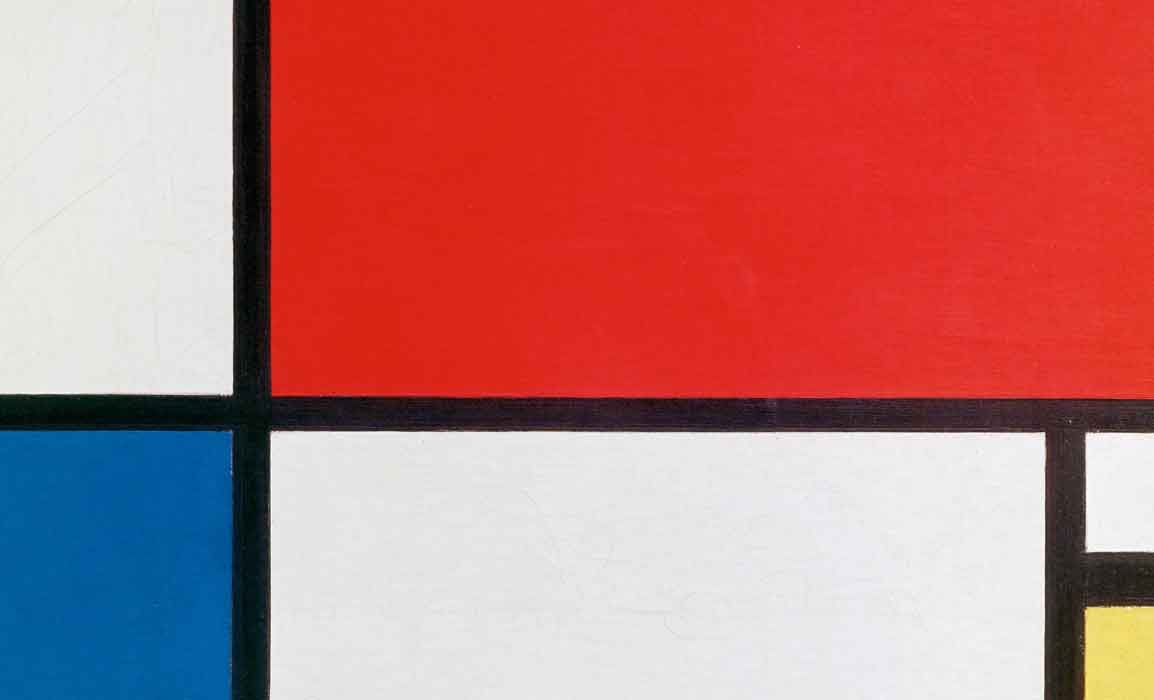

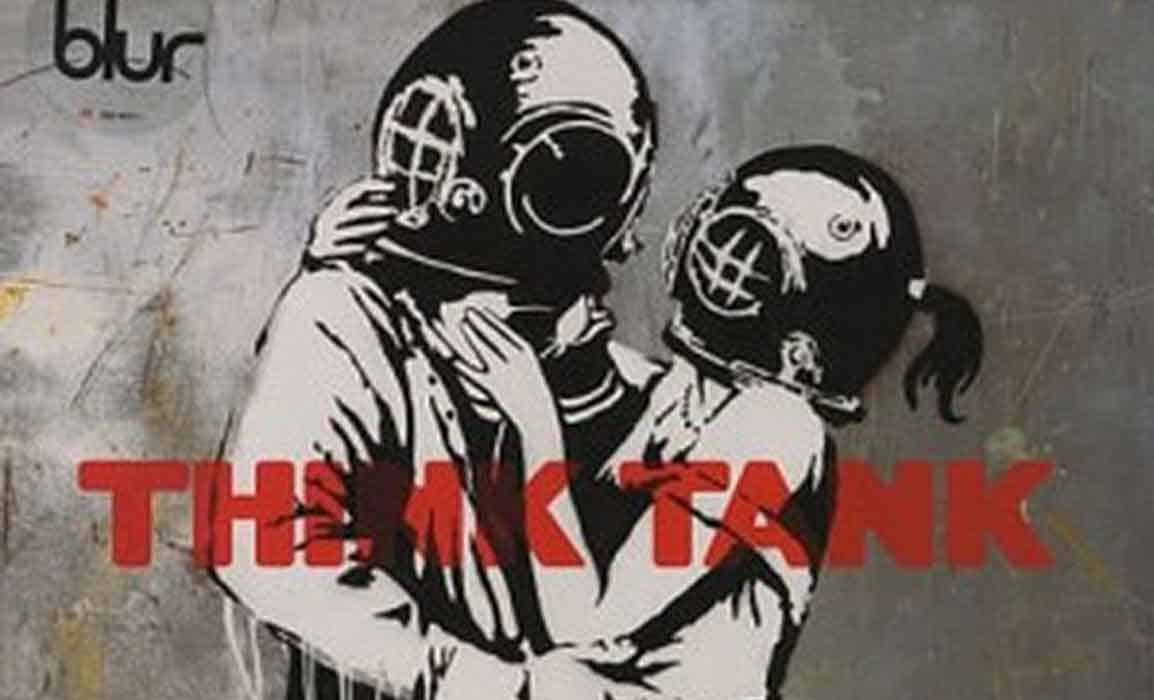


The explanation is very complete, thanks for that. i’m doing school homework.
Hi Levi, I’m glad the post helped you! Lobo
We understand the history of humanity through art. Bravo!!!
Hello Jhoanna! Thank you for writing! Lobo
The History of paintings is very important, because we learn about important facts in history, literature, religion, and mythology.
Hello Katherine! I’m glad you liked it! Thank you for writing. Lobo